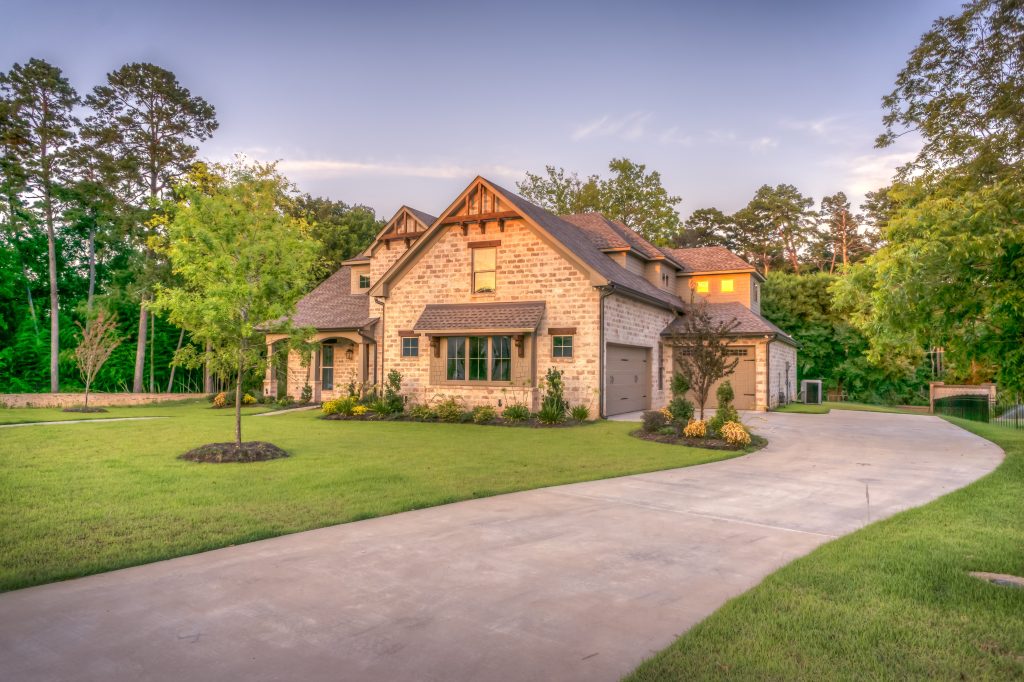
To the uninitiated, it may seem that trees don’t really have a specific shape or size. And while this is sometimes true, the fact is that there are a handful of categories of tree shapes that landscaping developers choose from. Trees can be mixed and matched or a singular shape can be used to create a uniform panorama. To help you decide what would work best for you, we’ve put together a list of the most popular tree shapes for landscaping 101.
Weeping Tree Shape
The weeping tree shape is characterized by long branches that reach upward, bend over at their apex and hang down close to the ground. The name comes from the illusion that the tree is crying when raindrops run down the branches. Weeping shaped trees such as the weeping willow or weeping larch create a canopy that can be used for shade or protection from the elements. Weeping tree shapes are more appropriate for large open spaces rather than being situated near walkways or roads.
Round Tree Shape
Round tree shapes, as exhibited by red oak, red maple and white ash trees feature a prominent trunk from the top of which branches grow in equal lengths to create a round or oval shape. Round tree shapes can be used to create shade or cover and block sightlines. Taller round shaped trees are often used when full use of the ground below is necessary. Shorter round shaped trees can be used to create a ground-to-canopy barrier.
Pyramidal Shaped Trees
The iconic Christmas tree is probably the best-known example of a pyramidal shaped tree. Spruce, pine and many other evergreen trees are often pyramidal shaped. The shape evolved to protect them from wind and heavy snowfalls. Several pyramidal shaped trees can be planted together to create a dense screen similar to a hedge. However, giving them plenty of room allows them to grow much taller.
Columnar Tree Shape
Columnar shaped trees have branches growing out from the main trunk at a similar width from bottom to top giving them the shape of a cylinder or column. Italian cypress and Lombardy poplar are well-known columnar shaped tree varieties. They are often used by landscapers to divide different areas of the land.
